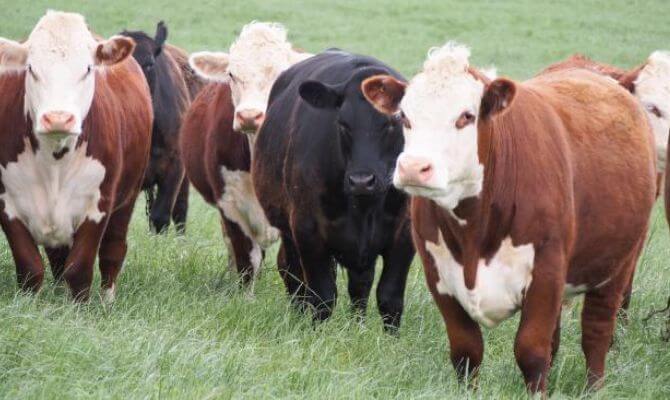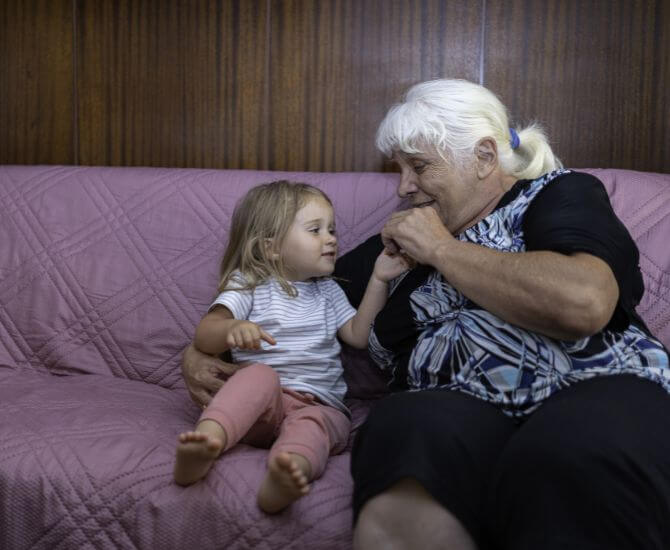Foodbank Protein Program
At Foodbank, we provide food to over one million people each month, with more than 30% of our total volume going to regional areas. When household budgets get tight, meat is often one of the first grocery items to be removed from the shopping list. However, meat is an important source of protein for maintaining a balanced diet. Therefore, it is key that individuals and families have access to it, regardless of their situation.
Unfortunately, meat is not available in significant volumes through food rescue channels. To help meet the need, we created the Foodbank Protein Program, which has become a crucial part of our efforts to secure a regular and reliable supply of meat to distribute to those in need.
How does it work?
Contributions can be regular or one-off, large or small. All will help provide a vital source of protein to people who would otherwise go without. We need help from livestock producers to stock feed suppliers, transporters, processors, manufacturers, and packaging, carton and label suppliers to help feed those in need.
Donations of livestock
We are grateful for livestock donations, including beef, lamb, mutton, and pork and accept donations of processed poultry and fish.
For donations of cattle and lamb/mutton, we work with Beef Bank who manage the donation process. Beef Bank is a charity established by the Rotary Club of Brisbane Centenary Inc. and source meat for Foodbank through receiving donations which are then transported and processed at an abattoir nationally to be manufactured into finished goods. Any costs following donations are covered under our supply program.
Meat manufacturing
We are looking for partners to help us produce in demand products such as sausages and mince through our Collaborative Supply Programs (CSP). These programs work with numerous partners who donate or contribute goods at various points in the supply chain. The result is a reliable supply of a much-needed product, in this case, sausages.
Unsure where to start? Just ask us for more information on the Collaborative Supply Program.
The benefits of donating
- Supporting local communities: Over 30% of the volume distributed by Foodbank goes back into regional communities. Donors are helping provide a valuable source of protein to those who may otherwise go without.
- Supporting your industry: Donors become part of an established and incredibly positive meat industry collaboration involving producers, processors, manufacturers and transporters.
- Strong return on investment: Foodbank’s relationships right along the food industry supply chain mean that every dollar donated enables us to distribute $5.16 worth of food and groceries.
- Tax Donation Receipt: We are a registered charity so we provide the donor with a Tax Donation receipt for the weight and description of the product
FAQ:
- Foodbank operates and adheres to all food safety and handling standards and regulations.
- All of our warehouses and operations have commercial or industrial refrigeration and freezer capacity and infrastructure.
- Foodbank maintains cold chain throughout and only distributes frozen or chilled products to charity partners with audited and adequate chilled and frozen capacity and infrastructure and/or cooking facilities.
Program partners
Partner feedback
Getting involved in this innovative supply chain that ensures a regular source of protein for Australians was an easy decision to make, and we really wanted to be part of it. We’re proud of our team and the role we are able to play via this program.
– Julie McDonald, Chief Financial Officer, MDH Pty Ltd
Our family and staff are proud we can work with the industry and Foodbank to be part of the expansion of such a valuable program. This is a pleasing addition to our long association with Foodbank Australia.
– Roger Fletcher, Managing Director, Fletcher International Exports
 Contact us
Contact us Log in
Log in


